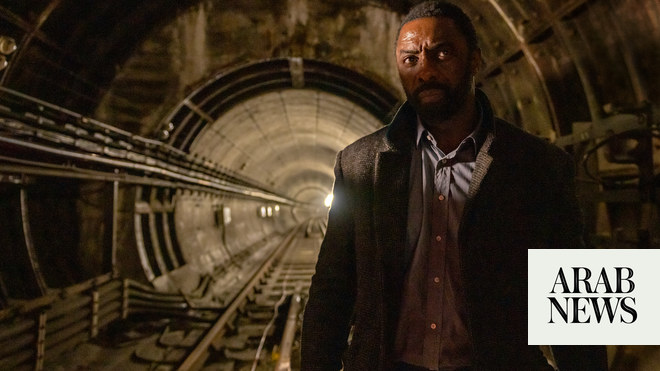
lbrecht Dürer was the first great sightseer in the history of art, travelling Europe to see conjoined twins, Aztec gold, Venetian gondolas and the bones of an 18ft giant. He crossed the Alps more than once and voyaged for six days in the freezing winter of 1520 to see a whale on a beach in Zeeland. The ship was nearly wrecked, but somehow Dürer saved the day and they eventually reached the shore. The sands were empty. The great creature had sailed away.
This magnificent new book by Philip Hoare takes its title from that tale, but only as a point of departure. The narrative soon turns into a trip of another kind entirely, a captivating journey through art and life, nature and human nature, biography and personal memoir. Giants walk the earth: Dürer and Martin Luther, Shakespeare and Blake, Thomas Mann, Marianne Moore, WH Auden, David Bowie. Hoare summons them like Prospero, his writing the animating magic that brings the people of the past directly into our present and unleashes spectacular visions along the way.
Just to follow him to that same beach in Zeeland, for instance, is to be entranced by his descriptions of deserted ports, windblown flatlands and shadowy waters. Hoare sees the creatures Dürer never saw, as if on his behalf. He offers the poignant revelation that the giant’s bones were actually those of a bowhead whale, knowing what it would have meant to the artist. Shown the day’s catch in a local restaurant, he marvels at the orange spots on the glistening brown plaice – “the fingerprints of a saint” – and imagines Dürer immediately drawing the fish on his napkin. Both men are present in that moment; both of Hoare’s pictures are perfect.
Anyone familiar with his sea trilogy, starting with the prize-winning Leviathan in 2008, will know the liquid beauty of Hoare’s prose and his apparently limitless gift for witness and insight. He is as powerfully struck by the wonders of this world as Dürer. Each chapter, no matter how wide its flow, is anchored in a particular image by Dürer – the hare, the patient greyhound, the astounding self-portraits – and it is extraordinary to see them anew through Hoare’s eyes.
Of Melencolia I – the angel with a face like thunder among a clutter of symbols – he notices the avian wing structure, the telling male-female ambiguity and even the hint of a smile. But he also spies a fraction of faraway sea. “It’s one of those still misty nights when the sea opens up like an invitation,” he writes, exactly catching the enigmatic half-light. “You can’t sleep but you can’t stay awake.”
Peering into the print with an eyeglass, Hoare hopes to see a whale. But the creature has gone, if it was ever there. In another of the book’s lingering sonar echoes, he comes across an old picture of a Dutch beach, unexceptional until the over-painting is cleaned: whereupon a whale is revealed on the shore.
Hoare’s feeling for Dürer exceeds anything I have ever read. The 1498 self-portrait, seated in op-art stripes by a window, is a “stranger on a train”. The bristling walrus, with his “piton tusks”, has “a woozy droog stare”. Dürer’s use of gold leaf in the homage to a blue roller bird, hung upon a nail, “lends the bird a semblance of living glory”. Dürer’s humble crucifixion calls forth Hoare’s corresponding compassion. “All the pity of the world lies in that claw.”
Hoare’s own right hand becomes a claw as the fingers start to retract. No self-pity; instead, an exhilarating digression on the Paris surgeon who first identified the condition. And the long operation Hoare endures only sharpens his insight. Look again at Durer’s depictions of his own fingers – pointing out the great world, drawing its micro-macro miracles – and you will see them in a profoundly altered light.
Hoare’s Dürer is a Columbus, a Copernicus, opening up this wide world. He is a night bird, an Aztec, a starman. What he meant to Marianne Moore – newness in oldness – and to Thomas Mann, in his fiction as in his flight from Nazi Germany, yield two chapters so enthralling they might stand as definitive biographies in themselves. But most affecting is the way that Dürer’s life permits Hoare to recall passages of his own.
Dürer was a writer himself, of course, annotating his drawings with long autobiographical inscriptions. A devastating account of his mother’s death is written upon her final portrait. Hoare is too modest to intrude here, but later writes an elegy to his own mother, Marion Moore; two stricken sons commemorating the women who gave them life.
Reading this book like a person mesmerised by cosmic events in the sky, I scarcely understood the significance of the opening encounter between the author and a capuchin monkey. Its meaning only becomes fully apparent towards the end, deepening the narrative immeasurably. The revelation must stay inside Albert and the Whale, which is his greatest work yet. But it is further testimony to Hoare’s exceptional empathy for both man and beast, for seeing through the eyes of a primate, a greyhound or an artist.
Albert and the Whale by Philip Hoare is published by Fourth Estate (£16.99). To order a copy go to guardianbookshop.com. Delivery charges may apply












